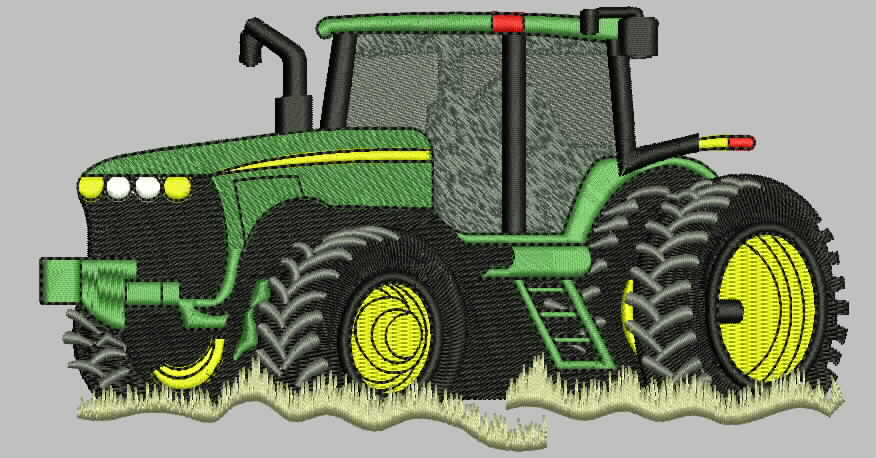
How to Make Custom Patches for Clothing: A Complete Guide for Beginner
Let’s start
You can add personality, branding, or style to clothing with custom patches. Whether you’re a fashion fanatic, a small business owner, or just into DIY projects, making your own custom patches is easy. Here’s a guide to help you make personalized patches for your clothes, from design to application.
1. Custom patches: What are they?
Clothing, bags, hats, and other fabric items can be customized with patches. Embroidered, woven, and PVC styles let you customize your clothes.
2. What you’ll need to make custom patches
You’ll need a few materials to make your own custom patches:
You can use cotton, denim, or canvas for most projects.
For stitching or other techniques, you’ll need embroidery thread.
Backings: Iron-on, sew-on, or adhesive.
Rotary Cutter/Scissors: To cut fabric into patches.
Optional: Embroidery machine for detailed designs.
For iron-on patches, use a heat press.
3. Making Custom Patches for Clothing – Step-by-Step Guide
You can make your own patches by following these simple steps:
Step 1: Pick a fabric
Make sure your patch fabric complements your design. Felt works well for simple patches, while cotton or denim are great for durability.
Step 2: Make your patch
Design your patch with graphic design software like Adobe Illustrator or Canva. Check that the design fits the patch size. Colors, text, and any logos or symbols should be considered.
Step 3: Cut the fabric
Print your design on fabric once it’s ready. After that, cut out the patch, leaving a small border around the edges for sewing.
Step 4: Add your design
If you want a more intricate pattern, you can use an embroidery machine. Press the design onto the patch if it’s got an iron-on backing.
Step 5: Put it on your clothes
Your patch can be sewed directly onto your clothing or ironed on. Heat presses are a more permanent solution.
4. Patch Design
Here’s what you need to know when designing your patch:
It’s important to keep things simple: Simple designs look better and are easier to make.
Contrasting colors: Make sure your patch stands out against the background fabric.
Make sure the text on your patch is clear and large enough to read.
5. Patching Techniques
The most common and durable type of patch is an embroidery patch.
Using a heat transfer process, sublimation printing is perfect for full-color designs.
A woven patch has fine lines and a smooth finish for detailed designs.
These patches are made from rubberized material and are weather-resistant.
6. How to attach custom patches
You can attach your patch several ways:
Patches can be ironed on with a household iron. You can use this method on cotton or denim.
Use a needle and thread to sew the patch onto your clothes if you want a permanent attachment.
You can stick some patches on your clothes with an adhesive backing.
7. Tips for making custom patches last
Turn your clothes inside out before washing to keep the patch in tact.
Avoid harsh chemicals: Bleach and strong detergents can weaken the patch.
After applying the patch, stitch around the edges for extra durability.
8. Don’t make these mistakes when making custom patches
Wrong Fabric: Stretchy fabrics may not hold patches well. Make sure you’re wearing sturdy fabrics like cotton or denim.
Misjudging patch size: Make sure the patch isn’t too big or too small for the item of clothing you’re applying it to.
Don’t skip the heat test: Test your heat settings on a small piece of fabric first.
Final thoughts
It’s fun and rewarding to make custom patches for clothing. Using the right materials, tools, and design techniques, you can create unique patches for your wardrobe or brand. No matter whether you’re making patches for yourself or for your business, this guide has all the steps you need.
FAQ Section (To add relevance to the article and rank higher):
What type of fabric is best for making patches?
Denim, cotton, or canvas are great choices as they hold the patch well and provide a sturdy surface for design.
Can I make custom patches without an embroidery machine?
Yes! You can use hand-embroidery techniques or opt for fabric paint for simpler designs.
How long do iron-on patches last?
Iron-on patches can last for years if applied correctly and with care. Regular washing might weaken their hold, so consider reinforcing them with stitching.
Are there any specialized tools needed for making patches?
While not essential, an embroidery machine and a heat press can make the process faster and give you more professional results.








